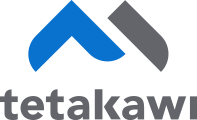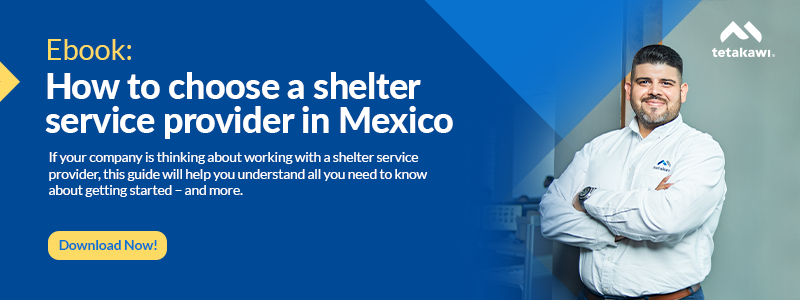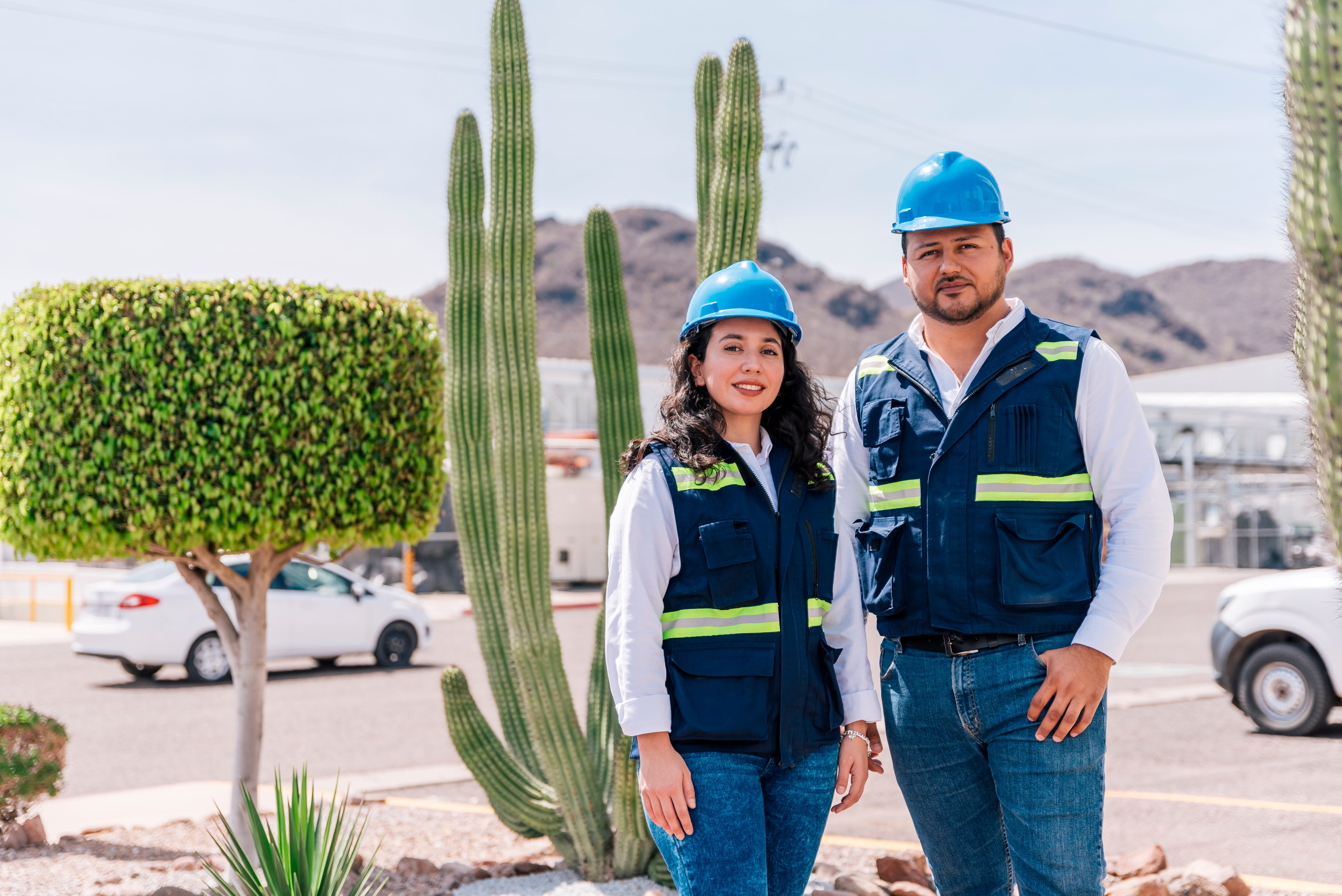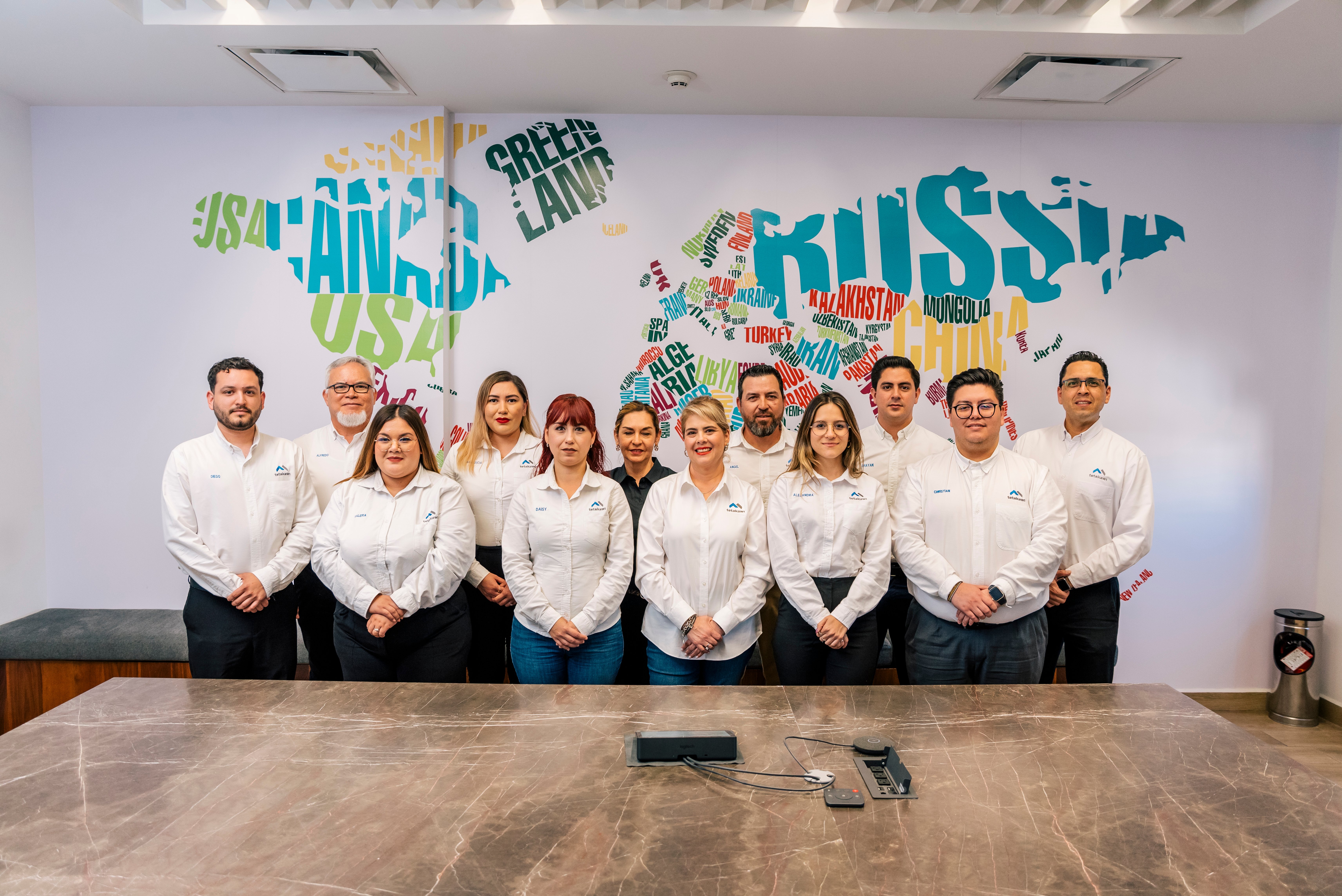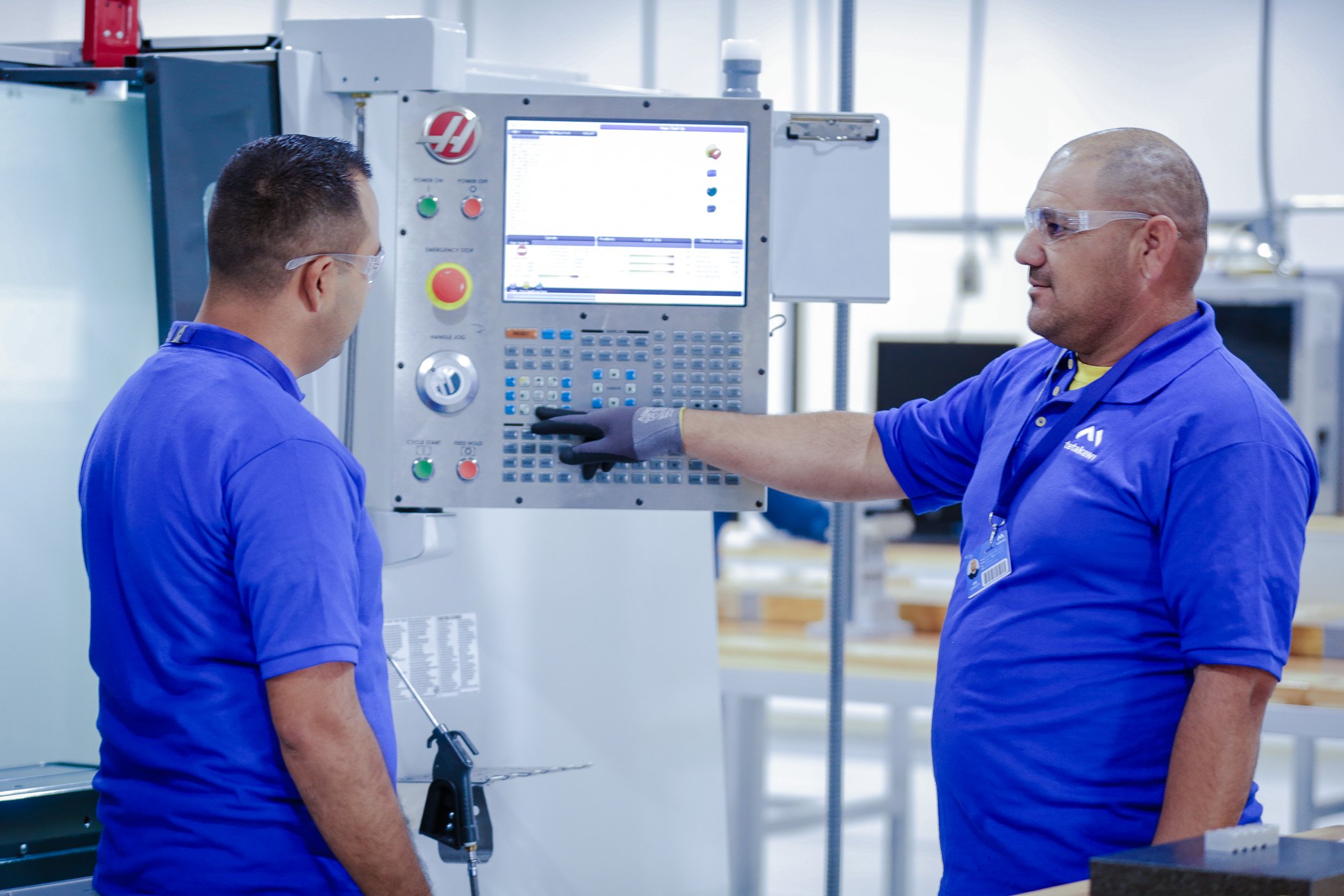Why manufacturers expand into Mexico
Most companies don’t set up operations in Mexico just to check a box or plant another flag.
They do it to solve serious strategic challenges:
- Protecting margins under sustained global cost pressure,
- Building capacity closer to key North American customers,
- Accessing reliable labor availability and motivation at scale
- And reducing the risks of single-country concentration.
That’s why nearly every diligence process starts with a fundamental question:
“What will it cost to operate in Mexico?”
It’s right to focus on cost magnitude, but that’s only half the picture
Most manufacturers invest months building detailed models to understand the magnitude of their manufacturing costs in Mexico:
- Direct labor rates and statutory social contributions,
- Lease rates, utilities, security, and park maintenance,
- Local services, indirect vendors, logistics, and customs compliance.
They stress-test these models under different scenarios, whether launching a standalone operation, working through a traditional shelter service provider, or evaluating more integrated approaches like Tetakawi’s Manufacturing Campuses, to see how each changes landed costs.
It’s critical work. It’s often what secures board approval.
But many overlook an equally important question:
"When does cash actually leave your company, how long does it stay offshore, and when does it start paying back the strategy that justified this move?"
Why timing matters just as much as magnitude
It’s not only about what Mexico will cost.
It’s also about:
- How quickly cash exits your balance sheet,
- How long it sits tied up offshore,
- And whether it’s actively fueling your broader operations, or simply waiting for the new site to stabilize.
This shapes:
- Liquidity you can use to turn inventory or absorb demand shifts,
- Reliance on short-term borrowing and the costs that come with it,
- How lenders and treasury teams evaluate leverage and covenant flexibility,
- And ultimately, how fast your board sees this expansion start to pay for itself.
How cash timing typically differs by operating model
To see why this is so important, it helps to look at how cash flows generally play out under the three most common modes of entry for manufacturing in Mexico.
(Of course, the actual numbers scale with the size of your operation. A 50-person operation looks very different from a 500-person site — but the underlying dynamics stay remarkably consistent.)
1. Standalone: control, but the heaviest cash exposure
When you establish your own Mexican entity:
- Most treasury teams require holding 3–6 months of local operating costs on hand.
This isn’t a Mexican statute; it’s standard global governance for new international operations, ensuring payroll, local vendors, and your reputation are protected if intercompany transfers ever slow. - Industrial leases typically require 1–2 months of deposits plus the first month’s rent.
That locks up more capital immediately. - And that’s before factoring in Mexico’s VAT system (IVA), which often means additional working capital tied up in early operations until certifications are obtained and offset cycles normalize.
After launch, by around month five, standalone setups often have hundreds of thousands, sometimes well over a million dollars, effectively tied up offshore, purely to keep operations secure.
Averaged across the first year, it means substantial working capital is dedicated locally and unavailable to fund inventory or protect your broader supply chain.
2. Traditional shelters: significant improvement, but still wide structural variations
This is precisely why most manufacturers explore shelter services.
A shelter becomes the legal employer, manages compliance and taxes, and typically holds the IMMEX program, significantly reducing local administrative burdens.
But shelters vary considerably:
- Many require 2–4 weeks of pre-funded costs, held in trust or local accounts to guarantee payroll and vendors.
- Some operate through dedicated RFCs (Mexican tax IDs) for each client, which means your operation starts fresh with Mexico’s tax authority (SAT) and faces the same early cash dynamics as a standalone.
- Others manage or charge for VAT differently, sometimes holding cash longer or layering in explicit recovery fees.
So while almost always a major improvement over building a standalone entity, many shelter arrangements still tie up hundreds of thousands offshore by the fifth month. This cash exposure often grows during ramp-up, then stabilizes as VAT certifications take hold. But even then, you still carry the administrative load of pre-funding local accounts, processing invoices, and managing what can become an unnecessary burden on your accounts payable team.
3. Operating under Tetakawi’s Manufacturing Campus: fundamentally different cash timing
This is where Tetakawi’s approach is unique.
We still use Mexico’s shelter framework, it’s the proven legal backbone that underpins tax, labor, and trade compliance. But our Manufacturing Campus model goes significantly further. It’s a comprehensive structure designed to be a true risk-sharing partner, not just in compliance, but also in how day-to-day cash is managed.
-
We pay employees, landlords, suppliers, and local taxes directly from our own balance sheet in Mexico.
-
You’re invoiced in USD through our U.S.-based entity under a U.S. contract, eliminating the need to manage peso payments, hedge currency, or maintain direct relationships with local suppliers and tax authorities.
-
This effectively acts as an operational line of credit, dramatically reducing how much cash you need to park offshore versus standalone or most traditional shelter models.
-
VAT flows begin offsetting immediately under Tetakawi’s long-established RFC, avoiding the multi-month lags new entities typically face.
Naturally, like any prudent structure, this is subject to standard credit assessments and contractual safeguards. But practically, it means your capital stays on your balance sheet, free to turn inventory, stabilize other operations, or reduce reliance on short-term borrowing.
Why this matters well beyond Mexico
Your board didn’t greenlight Mexico just to establish a compliant local entity.
They did it to:
- Lower landed costs and protect margins,
- Build more resilient capacity closer to customers,
- And keep capital available to fund your next strategic move.
Every month cash sits offshore, tied up in payroll buffers, lease deposits, or local tax flows, is a month it’s not strengthening your core business.
That’s why sophisticated diligence doesn’t stop at modeling total cost.
It also rigorously analyzes when cash exits, how long it remains offshore, and under whose balance sheet your Mexico operation truly lives.
The right questions to ask, for any structure or partner
So yes, build detailed models of how much each scenario will cost.
But equally stress-test when cash exits, how long it stays offshore, and who truly carries the short-term financial exposure.
Here are the critical questions every executive team should put on the table, no matter if you’re evaluating a standalone operation, a traditional shelter, or an integrated campus approach:
Who pays employees, landlords, and suppliers first, us, or you?
This determines whose balance sheet absorbs local operational risk. If your partner pays first, your capital stays onshore longer, preserving liquidity and reducing immediate offshore exposure.
How many weeks (or months) of local costs do we need to pre-fund, if any?
Directly drives how much working capital is effectively tied up offshore. This can range from several weeks in typical shelters to 3–4 months in standalone scenarios.
Is this under a brand-new RFC, or a long-established one with a proven tax track record?
This shapes how quickly VAT (IVA) offsets normalize. Mature RFCs typically see seamless credits, while new entities often face 3–6 months of stabilization.
How is VAT managed? Are there separate recovery fees, or structures that keep cash tied up longer?
Some providers charge explicit VAT management fees, or structure flows to protect their own balance sheet, extending how long your cash sits offshore.
What does this mean for our consolidated liquidity, short-term borrowing needs, and how fast this expansion pays back the promise that justified it?
These mechanics shape your global cash flow, revolver utilization, and ultimately how quickly your board sees the new operation start delivering on its strategic objectives.
The bottom line
So absolutely, model what Mexico will cost.
But give equal weight to when your cash actually leaves, how long it stays offshore, and whose balance sheet truly carries the early operational exposure.
Because more than payroll mechanics or local regulatory filings, the most meaningful financial difference often comes down to how long your capital remains on your balance sheet, and how quickly your board sees this investment begin delivering on its strategic promise.
Want to see how different models impact cash flow for your scale and strategy?
We’d be glad to build a tailored scenario that shows exactly how cash exposure changes under each structure, so you can make the most informed decision possible. Contact us to get started.
Subscribe
Sign up and stay informed with tips, updates, and best practices for manufacturing in Mexico.
Table of Contents:
- Why manufacturers expand into Mexico
- It’s right to focus on cost magnitude, but that’s only half the picture
- Why timing matters just as much as magnitude
- How cash timing typically differs by operating model
- Why this matters well beyond Mexico
- The right questions to ask, for any structure or partner
- The bottom line
